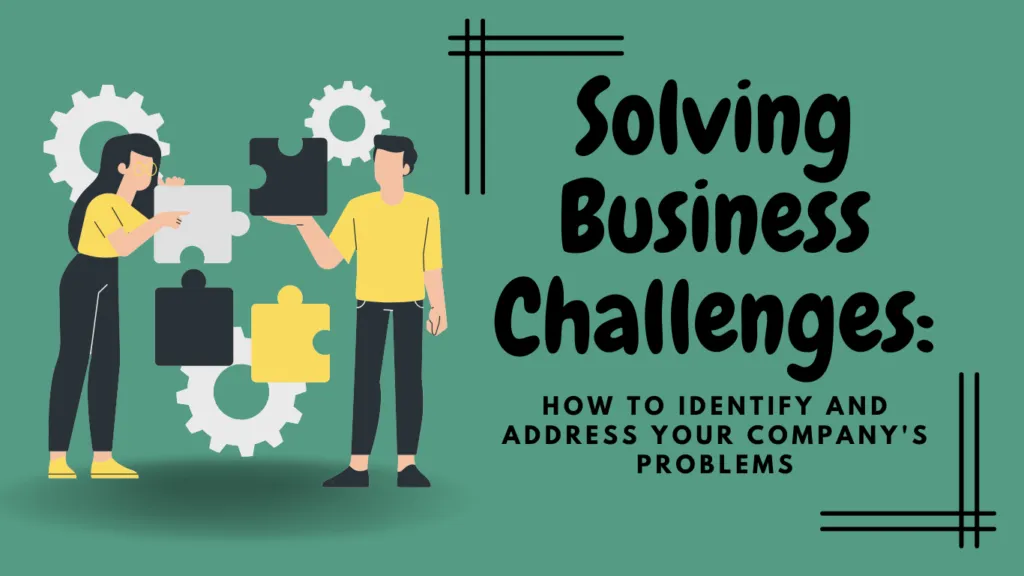How to Make Compound Interest Work for You

Introduction: The Power of Compound Interest
When it comes to building wealth and securing a financially stable future, there's one powerful concept that can't be ignored: compound interest. If you want your money to work for you, and not the other way around, understanding and harnessing the power of compound interest is a must. In this comprehensive guide, we will explore how you can make compound interest work for you, regardless of your current financial situation. Whether you're just starting out or looking to level up your investment game, this guide will provide you with the tools and knowledge needed to grow your wealth. So, let's dive in!
What is Compound Interest?
Compound interest refers to the process of earning interest on both the initial amount of money invested, known as the principal and any accumulated interest that has been previously earned. Unlike simple interest, which only provides earnings on the principal amount, compound interest allows your money to grow exponentially over time. This compounding effect is the key to building significant wealth in the long run.
Why Does Compound Interest Matter?
Compound interest matters because it has the potential to multiply your wealth significantly. The longer you leave your money to compound, the more substantial your returns will be. By reinvesting your interest earnings, you're essentially turbocharging your investments and allowing them to work harder for you. This concept becomes particularly powerful when you start investing early and give your money more time to grow. With compound interest, time is indeed money.
Understanding the Formula for Compound Interest
To fully leverage compound interest, it's crucial to understand the formula used to calculate it. The formula is as follows:
A = P(1 + r/n)^(nt)
Where:
· A represents the future value of the investment/loan, including interest
· P is the initial principal investment/loan amount
· r is the yearly interest rate expressed as a decimal point.
· n is the number of times an interest rate has been compounded each year.
· t is the number of years that investment has been made and borrowed from.
By plugging the appropriate values into this formula, you can determine the future value of your investments with compound interest. Remember, the more frequently interest is compounded, the more you stand to gain.
The Benefits of Starting Early
The earlier you start investing, the better. Time is a critical factor in maximizing the potential of compound interest. Let's look at a simple example to illustrate this point:
Imagine two individuals, Sarah and Mike, both invest $5,000. Sarah starts investing at the age of 25, while Mike begins at 35. Assuming an average annual return of 7%, let's see how their investments grow over time.
By the age of 65, Sarah's investment would grow to approximately $40,000, thanks to compound interest. On the other hand, Mike's investment would only reach around $19,000. The 10-year difference in starting age makes a massive impact on the final value of their investments. This example emphasizes the importance of starting early and letting compound interest work its magic.
Strategies to Maximize Compound Interest
Now that you understand the power of compound interest and the benefits of starting early, let's explore some strategies to maximize the growth of your investments.
Investing Regularly
Consistency is key when it comes to maximizing compound interest. By contributing a fixed amount of money regularly, such as monthly or annually, you can take advantage of dollar-cost averaging. This strategy helps smooth out market fluctuations and allows you to buy more shares when prices are low and fewer shares when prices are high.
Maximizing Returns
One way to maximize your returns is to choose investments with higher interest rates or potential for growth. Research different investment options, such as stocks, bonds, or mutual funds, and weigh their risk versus reward. It's essential to diversify your investments to manage risk effectively and increase the chances of higher returns.
Taking Advantage of Employer Matching Programs
If your employer offers a matching program for retirement contributions, take full advantage of it. Employer matches are essentially free money, allowing you to boost your investments without any additional effort. Contribute enough to receive the maximum match offered, as this will significantly accelerate your investment growth.
Diversifying Your Investments
While it's tempting to put all your eggs in one basket, diversifying your investments is a crucial strategy for long-term success. By spreading your investments across different asset classes, industries, and geographic locations, you reduce the risk of significant losses if one investment performs poorly. Diversification helps balance your portfolio and increase overall returns.
Tools and Resources to Help You Leverage Compound Interest
To make the most of compound interest, you can utilize various tools and resources. Here are a few recommendations to help you on your journey:
Investment Calculators
Online investment calculators can provide valuable insights into the potential growth of your investments over time. By inputting your investment amount, expected return rate, and timeframe, these calculators generate estimates of your future wealth. Experiment with different scenarios to see the impact of compounding and adjust your investment strategy accordingly.
Mobile Apps for Tracking Investments
Mobile apps make it easy to track your investments and monitor their growth. Look for apps with user-friendly interfaces that provide real-time updates on your portfolio's performance, investment trends, and helpful analytics. These apps can help you stay informed and make informed decisions about your investments.
Online Platforms for Investment Opportunities
Numerous online platforms provide access to investment opportunities that can help you leverage compound interest. Look for trustworthy platforms that are compatible with your investment objectives and risk tolerance. Whether it's investing in stocks, bonds, real estate, or peer-to-peer lending, these platforms offer a wide range of options to diversify your portfolio.
Real-life Examples of Compound Interest Success Stories
Now that you have a solid understanding of compound interest and how to harness its power, it's motivating to see real-life success stories. Here are a few examples of individuals who have used compound interest to grow their wealth:
1. Emily started contributing to her retirement account at age 25 and consistently invested a portion of her income. By the time she retired at 65, compound interest had turned her modest contributions into a substantial nest egg, giving her financial security and freedom in her golden years.
2. John and Sarah decided to save for their children's education from an early age. By utilizing compound interest and investing in education funds, they were able to cover a significant portion of their children's college expenses without accumulating massive debt.
These success stories illustrate the power of compound interest when applied consistently and strategically over time. By following their footsteps, you too can achieve your financial goals.
Common Mistakes to Avoid
While compound interest is a powerful tool, there are common mistakes that individuals make when attempting to leverage it. Here are a few pitfalls to avoid:
1. Neglecting to Start Early: Delaying your investment journey can significantly limit the potential growth of your wealth. Start as early as possible to make the most of compound interest.
2. Withdrawing Investments Prematurely: To fully benefit from compound interest, it's crucial to allow your investments to grow uninterrupted. Resist the temptation to withdraw your funds prematurely, as this can hinder your long-term goals.
3. Not Diversifying Your Investments: Relying too heavily on one investment or asset class can expose you to unnecessary risk. Make sure to diversify your portfolio to spread risk and maximize returns.
4. Failing to Adjust Your Investments: As your financial situation and goals change, it's important to reassess and adjust your investment strategy. Regularly monitor your investments and adapt them to align with your evolving needs.
5. Ignoring Professional Advice: Seeking guidance from financial advisors or experts can help you make informed decisions and avoid costly mistakes. If necessary, ask for help from experts.
By steering clear of these common mistakes, you be well on your way to effectively leveraging compound interest for financial success.
End Line
Congratulations! You now have a solid understanding of how to make compound interest work for you. By investing early, maximizing returns, diversifying your portfolio, and utilizing the right tools and resources you can set yourself up for a financially secure future. Remember, compound interest is a long-term game, so be patient and stay committed to your investment strategy. With time and consistent effort, you'll witness the power of compound interest as your wealth grows exponentially. So, take action now, and start building your financial foundation with compound interest as your most powerful ally.
For more helpful resources and personalized advice tailored to your specific financial goals, reach out to our team of experts today. Together, we can ensure your journey towards financial freedom is smooth and successful.
Also Read...




